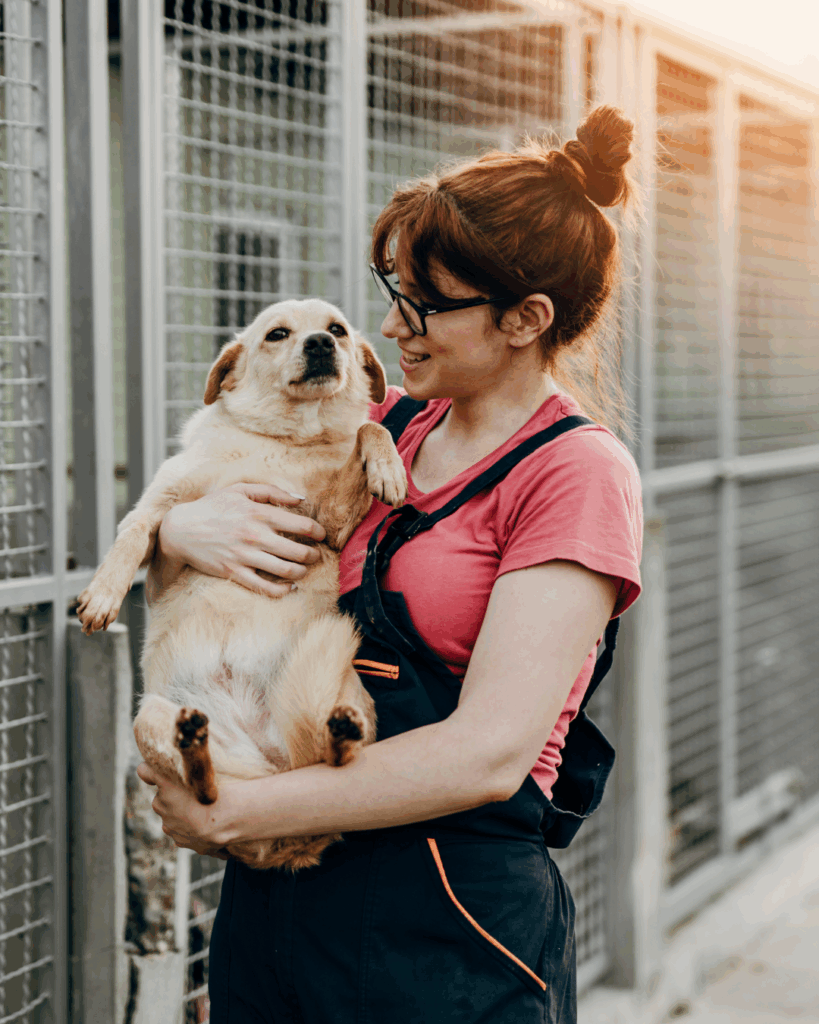Building Strong Veterinary Partnerships with Canine Rescue Groups
At Papaya Veterinary Care, our commitment to animal welfare extends beyond our clinic walls. Collaborating with local canine rescue organizations amplifies our impact, ensuring that more dogs receive needed medical attention and ultimately find loving homes. Successful partnerships between veterinarians and rescue groups are built on trust, communication and a shared mission to provide high-quality care to rescued animals.
Establishing a Successful Relationship with a Rescue Organization
A sustainable partnership between veterinarians and rescue groups requires a structured approach. Fruitful collaboration is cultivated by:
- Shared Goals and Values – Align on common objectives, such as promoting animal health, facilitating adoptions and educating the community on responsible pet ownership. A shared vision fosters a more cohesive and productive partnership. Standardization of intake examinations, testing, vaccinations and preventatives will create efficiencies.
- Clear Communication Channels – Establishing an open line of communication ensures that medical recommendations, treatment plans, and adoption policies are well understood. Regular calls or meetings and shared case notes can prevent misunderstandings and improve outcomes.
- Defined Roles and Responsibilities – Clearly outlining expectations prevents misalignment. Rescues should understand the scope of veterinary services offered, while veterinarians should be aware of rescue protocols and staff resources.
- Establishing Financial Expectations – Veterinary clinics and rescues should discuss financial agreements in advance. Standard protocol should include setting a dollar threshold that requires rescue administrator approval to exceed. The parties should proactively outlinepotential discounts for rescue animals, waived examination fees and fundraising strategies to offset medical costs .
- Training and Education – Providing rescue personnel with basic veterinary knowledge, such as recognizing early signs of illness, proper wound care, and post-operative care, can improve animal outcomes and ease the burden on veterinary staff.
Setting Up Effective Feedback Loops
Continuous feedback is essential to refine processes and enhance the care provided to rescue animals. Implementing effective feedback mechanisms ensures the sustainability of the partnership between the veterinary clinic and the rescue organization:
- Regular Case Reviews – Schedule meetings or calls to review ongoing medical cases, adoption outcomes, and any challenges. These sessions allow both teams to refine their approach, improve protocols and address concerns.
- Follow-Up Protocols – After medical treatments or surgeries, diligent follow-ups ensure that animals are recovering properly and receiving appropriate post-care.
- Volunteer and Foster Input – Rescues often rely on fosters who observe animals in home environments. The rescue organization and the veterinarian must put the foster caregiver at ease when communicating with the veterinarian. Fosters sharing insights on animal behavior, recovery and medical needs, helps veterinarians provide more personalized care.
- Community and Adopter Feedback – Gathering insights from adopters helps veterinarians and rescues understand how well animals adjust to their new homes, shaping future care recommendations and adoption screening processes.
Why Strong Veterinary-Rescue Relationships Matter
Robust, structured partnerships between veterinarians and rescues are essential for ensuring that rescued animals receive the best possible care. These relationships provide significant benefits:
- Enhanced Animal Health and Well-Being – Access to consistent veterinary care ensures that animals receive vaccinations, preventive treatments, testing and prompt medical interventions when needed.
- Higher Adoption Success Rates – Animals that receive proper medical care and behavioral assessments are more likely to thrive in their new homes, reducing returns and rehoming challenges.
- Stronger Community Trust and Engagement – A transparent and well-managed partnership between rescues and veterinarians builds public confidence in the rescue process, encouraging more adoptions and donations.
- Efficient Use of Resources – Coordinated efforts allow for better allocation of medical supplies, staff time, and financial resources, leading to more sustainable operations.
Pitfalls and Risks to Be Aware Of
While collaborations between rescues and veterinarians are highly beneficial, there are challenges:
- Miscommunication and Differing Expectations – Ambiguity with respect to treatment plans, financial agreements, or rescue protocols can lead to inefficiencies or conflict. Setting clear expectations from the outset helps prevent these issues.
- Financial Strain on Clinics and Rescues – Veterinary services come at a cost and rescues often operate on limited budgets. Without proper financial planning, rescues may struggle to afford necessary treatments, potentially leading to difficult ethical decisions.
- Variation in Medical and Behavioral Standards – Different veterinarians and rescues may have disparate approaches to treatments, behavioral assessments or euthanasia policies. Aligning on key principles minimizes conflicts.
- Emotional Burnout – Veterinarians and rescue workers alike can experience compassion fatigue. Establishing support systems, such as mental health resources and work-life balance initiatives, is essential for sustaining long-term commitment to animal welfare.
Conclusion
By fostering clear communication, mutual respect, and a commitment to shared goals, Papaya Veterinary Care continues to work together with local rescue partners to provide the best possible outcomes for rescued dogs. A well-structured partnership ensures that these animals receive the care they deserve while also strengthening our bond to the broader community of pet lovers. With thoughtful planning and collaboration, veterinarians and rescue organizations can transform countless lives, one rescue animal at a time.

